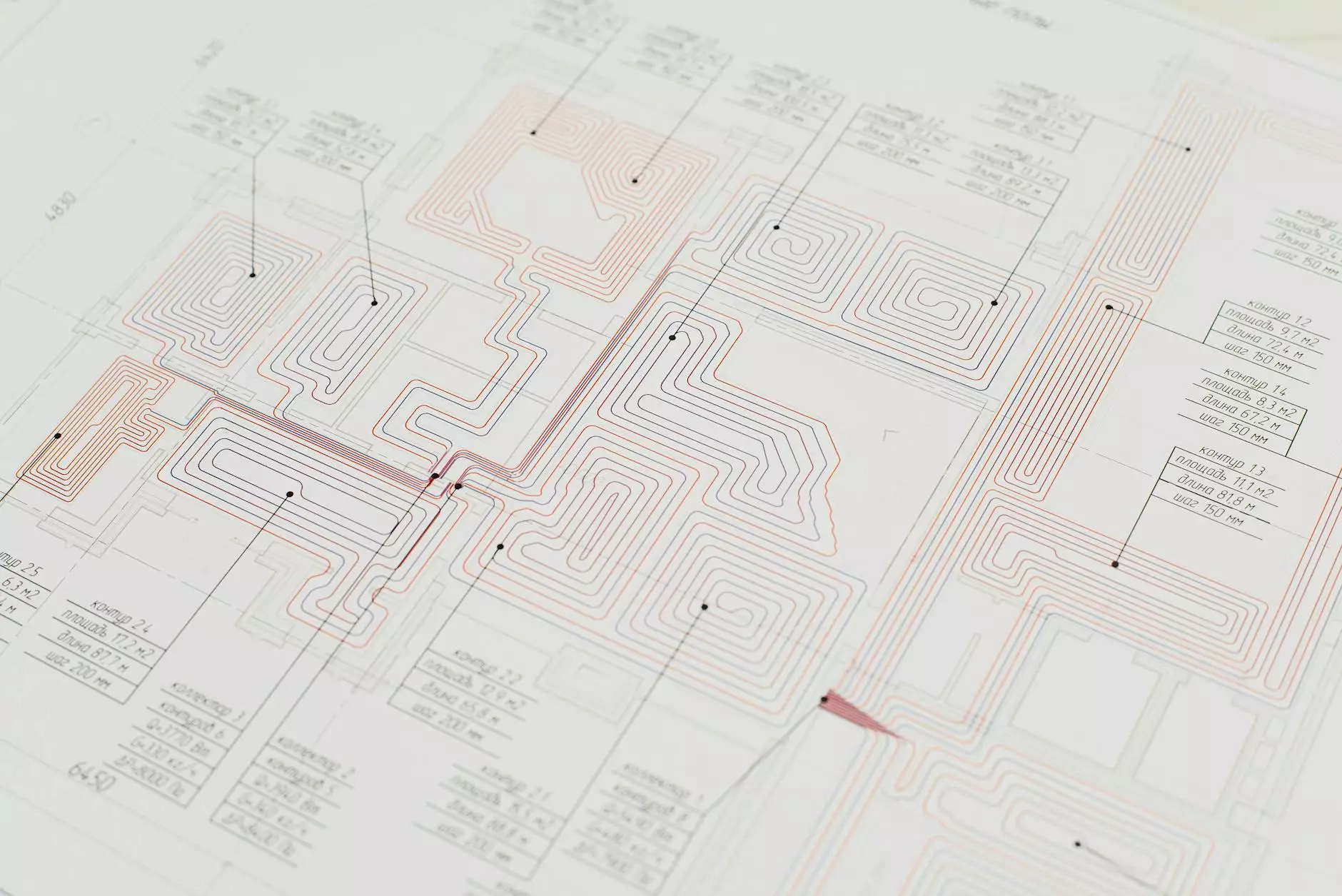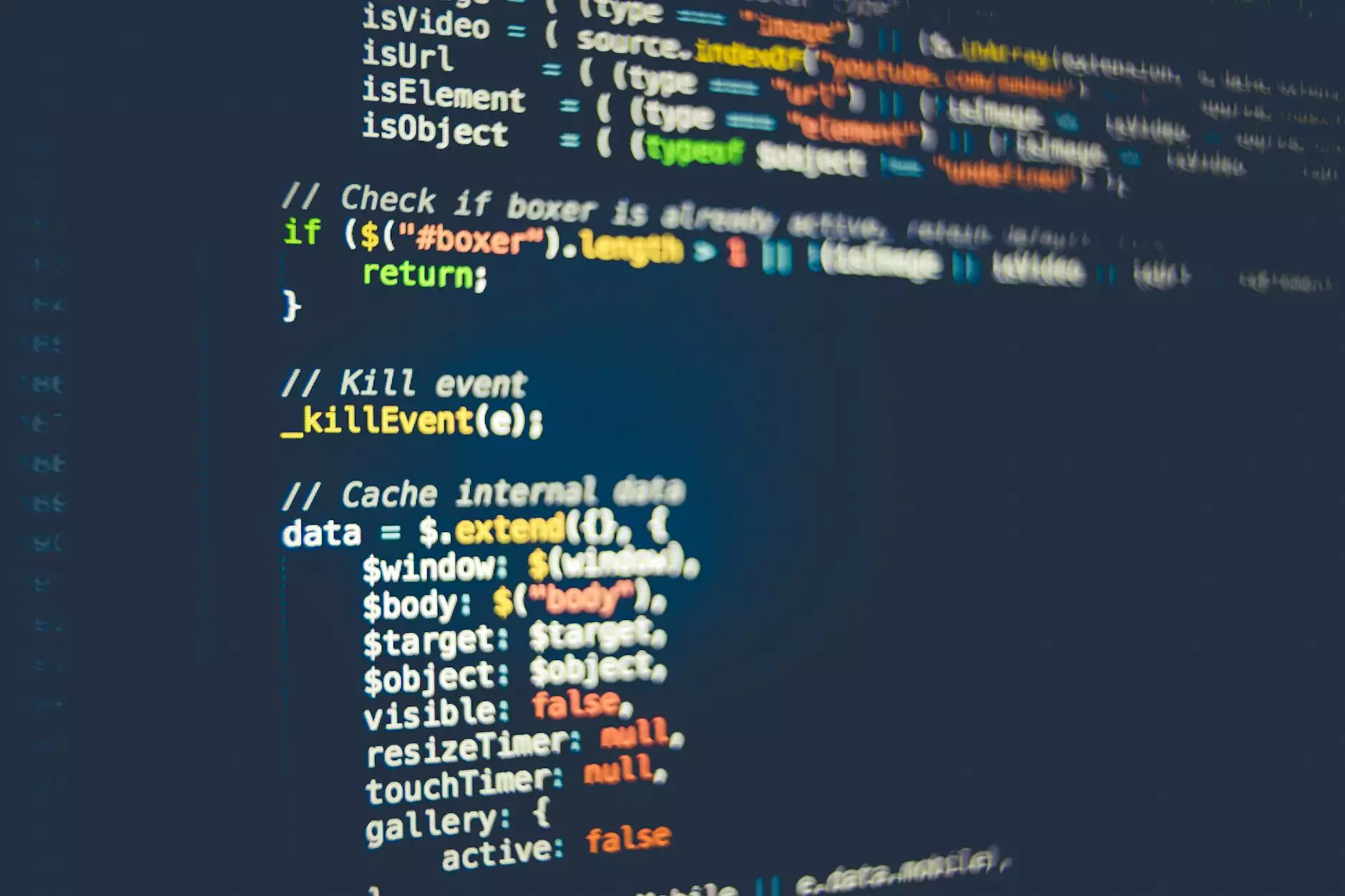The Importance of Macroeconomic Models in Forecasting and Policymaking
Business and Consumer Services
Macroeconomic models play a crucial role in understanding the complexities of an economy, predicting future trends, and informing policy decisions. In this comprehensive guide brought to you by SEO Studios, we delve deep into the world of macroeconomic models and their significance in forecasting and policymaking.
Understanding Macroeconomic Models
Macroeconomic models are analytical tools that economists use to study the behavior of an economy as a whole. These models help in simplifying complex economic processes, making it easier to analyze the interactions between various economic variables.
The Role of Macroeconomic Models in Economic Analysis
Macroeconomic models provide a framework for economists to analyze how changes in factors such as government policies, consumer behavior, and international trade impact key economic indicators like GDP growth, inflation, and unemployment rates. By understanding these relationships, policymakers can make informed decisions to steer the economy in the desired direction.
Types of Macroeconomic Models
There are several types of macroeconomic models used for forecasting and policymaking. Some of the common models include:
- Aggregate Demand and Supply Models: These models analyze the relationship between the overall demand for goods and services and the supply side of the economy.
- Keynesian Models: Based on the theories of John Maynard Keynes, these models focus on the role of government spending and aggregate demand in influencing economic activity.
- Monetarist Models: Developed by economists such as Milton Friedman, these models emphasize the role of money supply and interest rates in influencing economic performance.
The Use of Macroeconomic Models in Forecasting
Macroeconomic models are essential tools for economists and policymakers to forecast future economic trends. By inputting various assumptions and scenarios into these models, analysts can predict how changes in one variable may impact others and the overall economy.
Macroeconomic Models and Policymaking
Effective policymaking requires a deep understanding of how different policies may affect the economy. Macroeconomic models provide policymakers with the necessary insights to design and implement policies that can achieve specific economic goals, such as promoting growth, controlling inflation, or reducing unemployment.
The Challenge of Model Uncertainty
While macroeconomic models are powerful tools, they are not without limitations. One of the biggest challenges is dealing with model uncertainty, where the assumptions and simplifications made in the model may not always accurately reflect real-world conditions. Economists constantly refine and update these models to improve their accuracy and reliability.
Conclusion
In conclusion, macroeconomic models are indispensable tools for economists, policymakers, and businesses to understand the dynamics of the economy, make informed predictions, and formulate effective policies. SEO Studios is committed to providing valuable insights into the world of macroeconomic models and forecasting to help our clients navigate the complexities of the market.
For more information on macro models and how they can benefit your business or organization, contact SEO Studios today.









